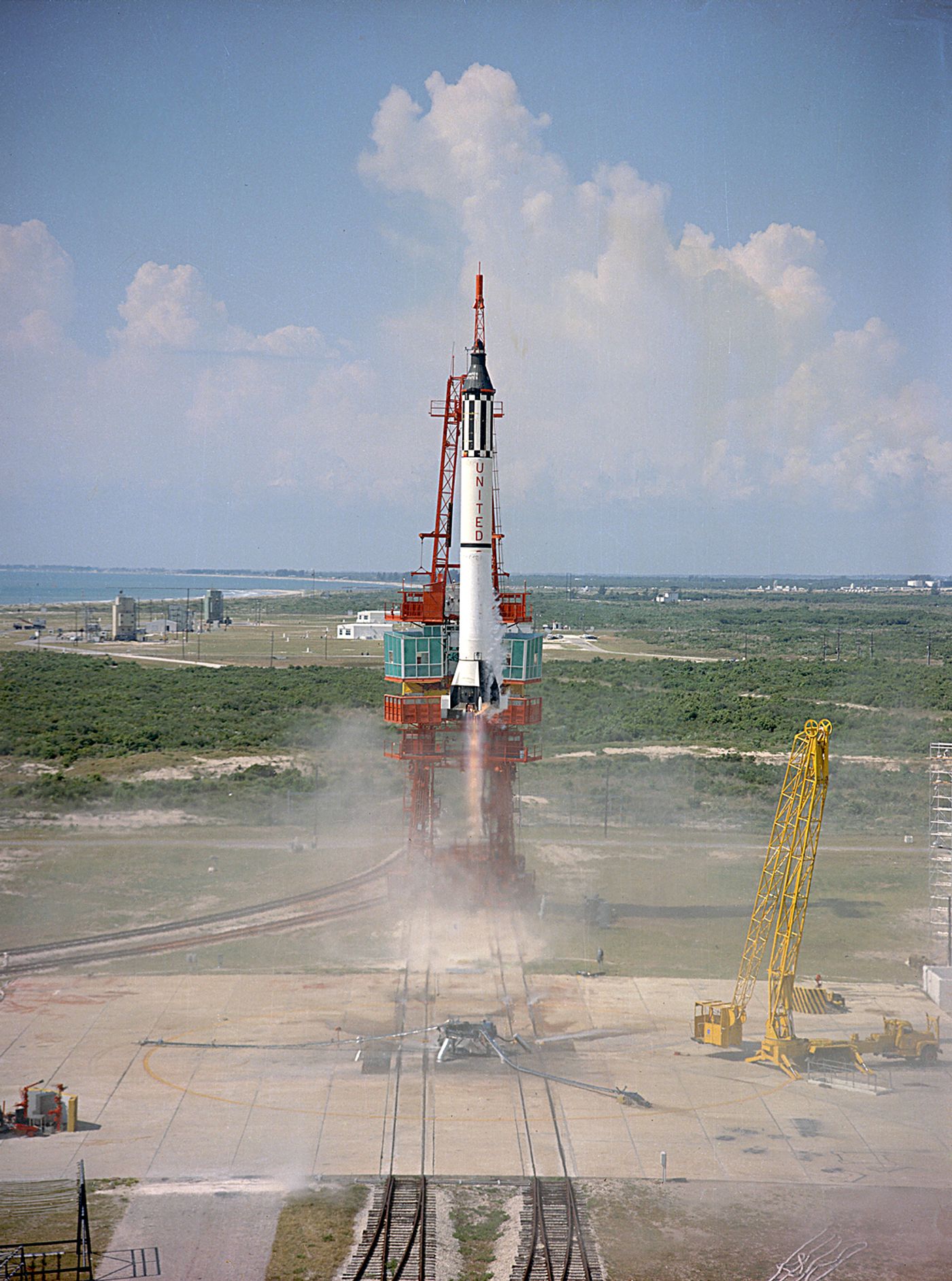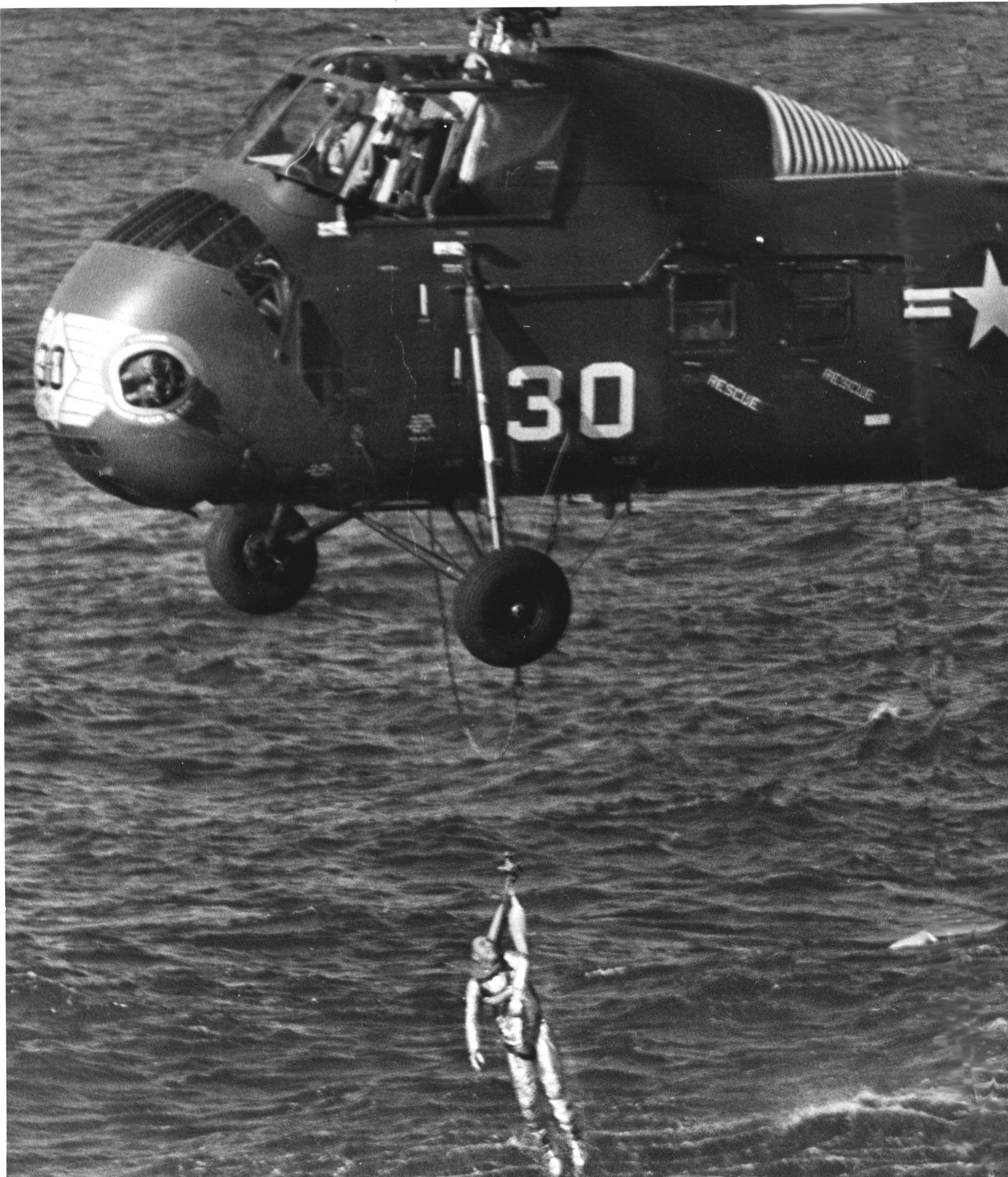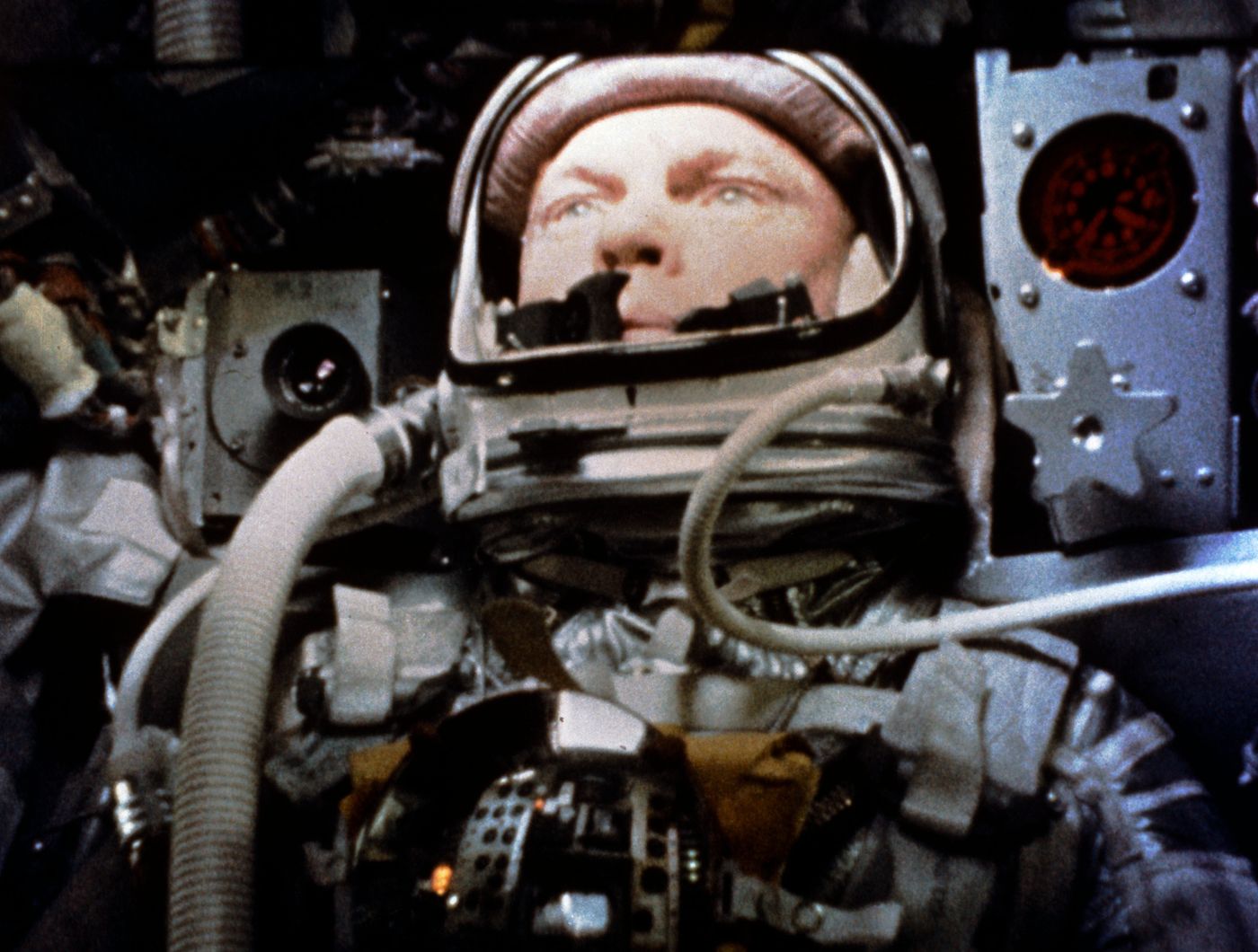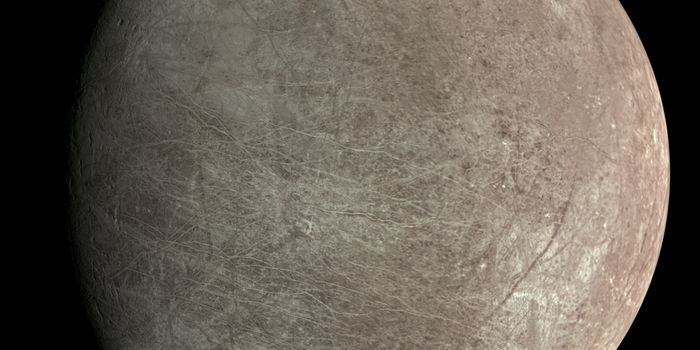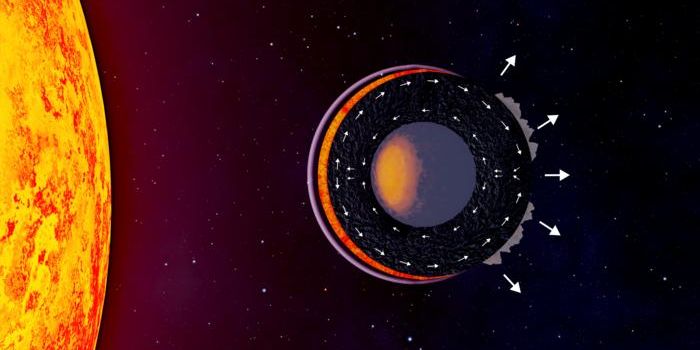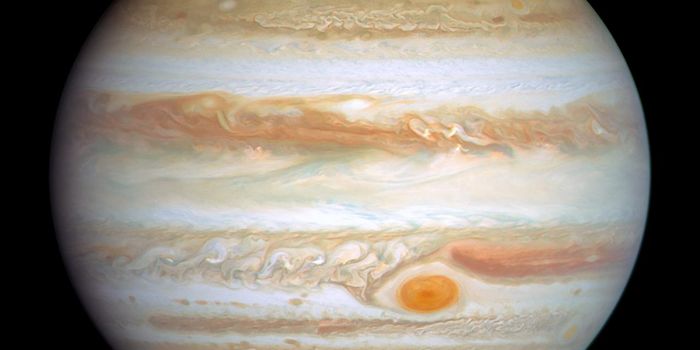Looking Back in Space: NASA's Project Mercury
This series will explore historic space missions from the start of the Space Age to the present day, including both crewed and robotic missions. Here we will investigate the scientific rationale behind each mission and, most importantly, what we learned from these early missions and how they helped shape future missions that will launch to the Moon and Mars within the coming years.
We recently explored some of NASA’s first robotic missions to study the Moon and planets: Pioneer, Ranger, and Surveyor. This week, we will begin exploring the history of NASA’s crewed spaceflight, which not only helped shape the Apollo Program to the Moon, but crewed spaceflight, overall. The first American crewed program was Project Mercury, with each of the missions carrying a 7 after their respective titles in honor of the first seven astronauts of NASA.
Project Mercury was NASA’s very first human spaceflight program which operated from 1958 to 1963, having a total of 26—six crewed and 20 uncrewed—flights to space. While we lost the race to space when the Soviet Union’s Yuri Gagarin became the first human in space on April 12, 1961, the United States was determined to keep going. With Project Mercury, we saw the first Americans launch into the void and orbit the Earth, with the first two flights being short 15-minute suborbital missions and progressively got longer throughout the program.
The first mission of Project Mercury was called Freedom 7 and saw astronaut Alan B. Shepard Jr. become the first American to lift off from the surface of the Earth on May 5, 1961, mere weeks after Gagarin’s historic flight. While Freedom 7 lasted only 15 minutes and 28 seconds, it nonetheless proved that the United States possessed the capabilities to put humans into space.
Next was Liberty Bell 7, which launched astronaut Virgil “Gus” Grissom into space on July 21, 1961, once again consisting of a suborbital flight of 15 minutes and 37 seconds. Despite a successful launch and splashdown, the mission almost ended in disaster when the hatch of Grissom’s spacecraft prematurely blew off, causing ocean water to rapidly fill the capsule and almost drowning Grissom. While Grissom was thankfully pulled to safety, the capsule sank to the bottom of the Atlantic Ocean, not being recovered until 1999.
The third mission of Project Mercury was Friendship 7, launching astronaut John H. Glenn Jr. into space on February 20, 1962, making him the first American to orbit the Earth, which he successfully did three times. This flight lasted far longer than its two predecessors for a total of 4 hours, 55 minutes, and 23 seconds. With this mission, the United States was able to even the score with the Soviet Union, as Gagarin’s historic flight also orbited the Earth.
Aurora 7 launched only a few months later, May 24, 1962, putting astronaut Scott Carpenter into space and surpassing Glenn’s mission duration by a smidgen at 4 hours, 56 minutes, and 5 seconds. This mission successfully duplicated Glenn’s spaceflight of three orbits, but temporarily stranded Carpenter at sea on his life raft for over an hour after splashdown due to misfiring of the capsule’s retrorockets.
The second to last mission of Project Mercury was Sigma 7, which launched on October 3, 1962. This mission saw astronaut Walter M. Schirra surpass the previous two missions by orbiting the Earth a total of six times for a mission duration of 9 hours, 13 minutes, and 11 seconds. Unlike Aurora 7, the Sigma 7 capsule had a near-perfect splashdown as it was recovered only half a mile from the aircraft carrier. Upon recovery, Schirra successfully blew open the hatch and climbed out, which was designed to absolve Grissom of wrongdoing, as some had accused him of accidentally blowing the hatch, causing his capsule to sink to the bottom of the Atlantic.
The final mission of Project Mercury was Faith 7, which launched astronaut L. Gordon Cooper Jr. into space on May 15, 1963. Both the mission duration and number of orbits surpassed all of the previous mission combined, cataloging a total of 22 orbits around the Earth for a duration of 1 day, 10 hours, 19 minutes, and 49 seconds. This not only marked the longest US spaceflight, but closed the book on a resoundingly successful Project Mercury, which not only saw the first Americans fly to space but laid the groundwork for Project Gemini.
We owe our infinite gratitude to the brave first astronauts on Project Mercury, as they not only helped usher in American human spaceflight but was a historic first step toward landing astronauts on the Moon, which we will be once again doing with Artemis in the next few years.
Sources: Labroots, Labroots (2), Labroots (3), NASA, NASA (2), NASA (3), National Air and Space Museum, NASA (4), NASA (5), NASA (6), Spaceflight Insider, Space Center Houston
As always, keep doing science & keep looking up!
